Artificial intelligence (AI) is evolving rapidly, with new breakthroughs emerging regularly.
One of the most notable recent advancements is DeepSeek R1, an AI model that has garnered significant attention for its innovative approach and impressive capabilities.
In this article, we’ll delve into what makes DeepSeek R1 a pioneering force in the AI landscape.
Introduction to DeepSeek R1: A New Era in AI
DeepSeek R1 brings a new perspective to the field of artificial intelligence, introducing methodologies that differentiate it from previous models.
Developed by the Chinese AI company DeepSeek, this model has been making waves in the tech community for its efficiency and high performance.
At its core, DeepSeek R1 is designed to excel in reasoning, mathematics, and coding.
Unlike many traditional AI models that rely heavily on vast amounts of data and computational power, DeepSeek R1 adopts a more streamlined approach.
It achieves leading performance while significantly reducing resource consumption.
This efficiency not only makes the model more accessible but also challenges the assumption that larger AI models are inherently superior.
One of the standout features of DeepSeek R1 is its open-sourceA development model where software or AI models are publicly accessible and can be modified by anyone. nature.
By making the model publicly available, DeepSeek encourages collaboration and transparencyThe principle of making AI decisions and operations clear and understandable. within the AI community.
This openness allows researchers and developers worldwide to:
- Explore the inner workings of DeepSeek R1
- Modify and enhance its capabilities
- Contribute to AI advancements through shared innovation
Ultimately, DeepSeek R1 is more than just another AI model; it represents a new generation of artificial intelligence that prioritizes efficiency, accessibility, and collaboration.
As we further explore its functionalities and applications, it becomes increasingly clear that DeepSeek R1 has the potential to redefine our understanding of AI’s capabilities.
DeepSeek R1 challenges the assumption that bigger AI models are always better by prioritizing efficiency and accessibility.
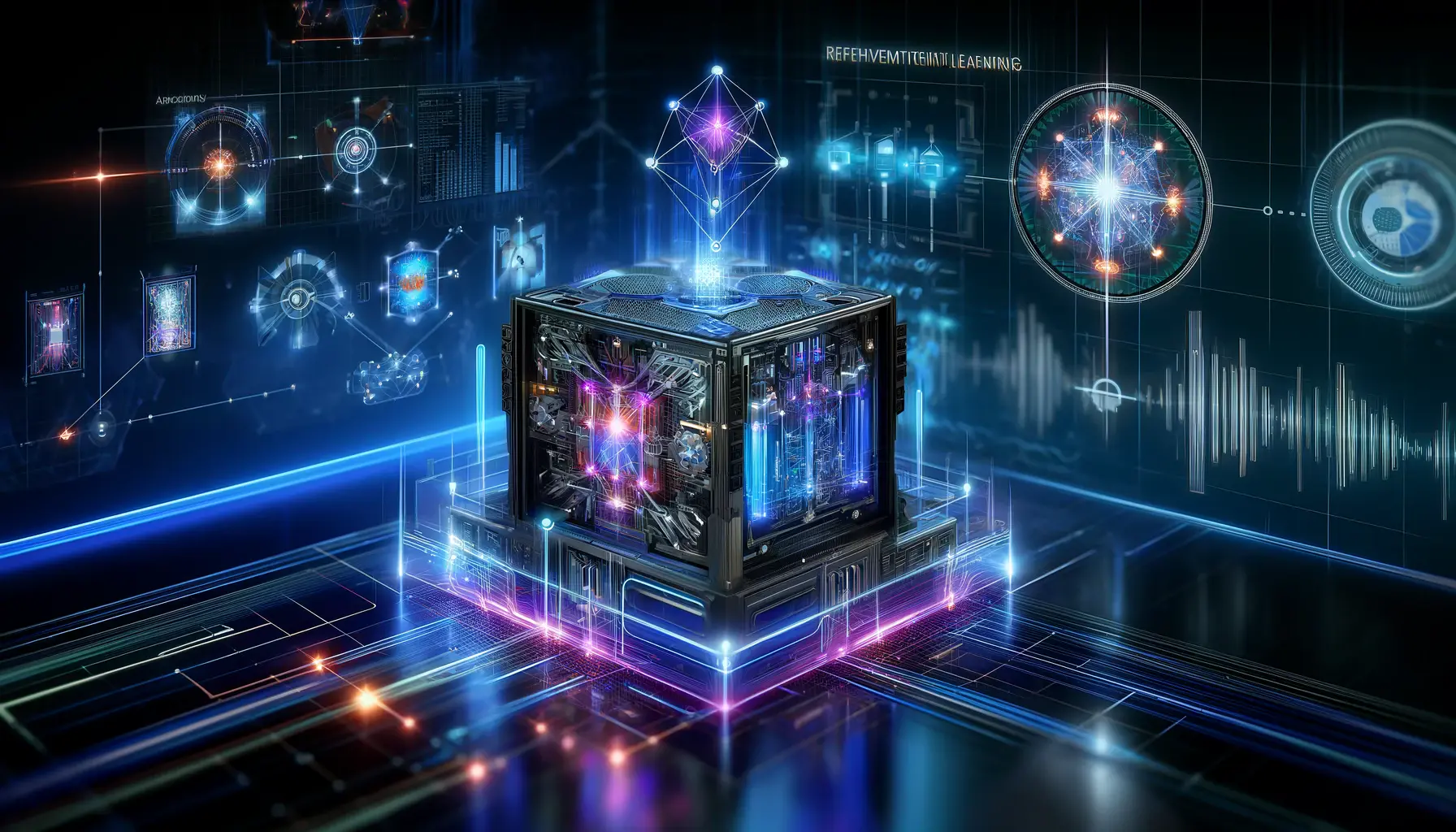
Exploring the Technical Advancements of DeepSeek R1 in AI Innovation
Technical Advancements of DeepSeek R1
DeepSeek R1 has introduced several groundbreaking technical advancements that set it apart in the field of artificial intelligence.
Let’s explore these innovations in detail.

Reinforcement Learning in DeepSeek R1: Enhancing AI’s Decision-Making and Reasoning
Reinforcement Learning and Reasoning Capabilities
One of the most significant features of DeepSeek R1 is its use of reinforcement learningA machine learning technique where an AI learns by receiving rewards or penalties for its actions. to enhance reasoning capabilities.
While most traditional AI models rely on supervised learningA type of machine learning where a model is trained using labeled data., DeepSeek R1 adopts a reinforcement learning approach, allowing the model to improve its reasoning through trial and error.
This enables it to produce more accurate answers by taking more time to “think” about its responses, resulting in precise and contextually appropriate outputs.
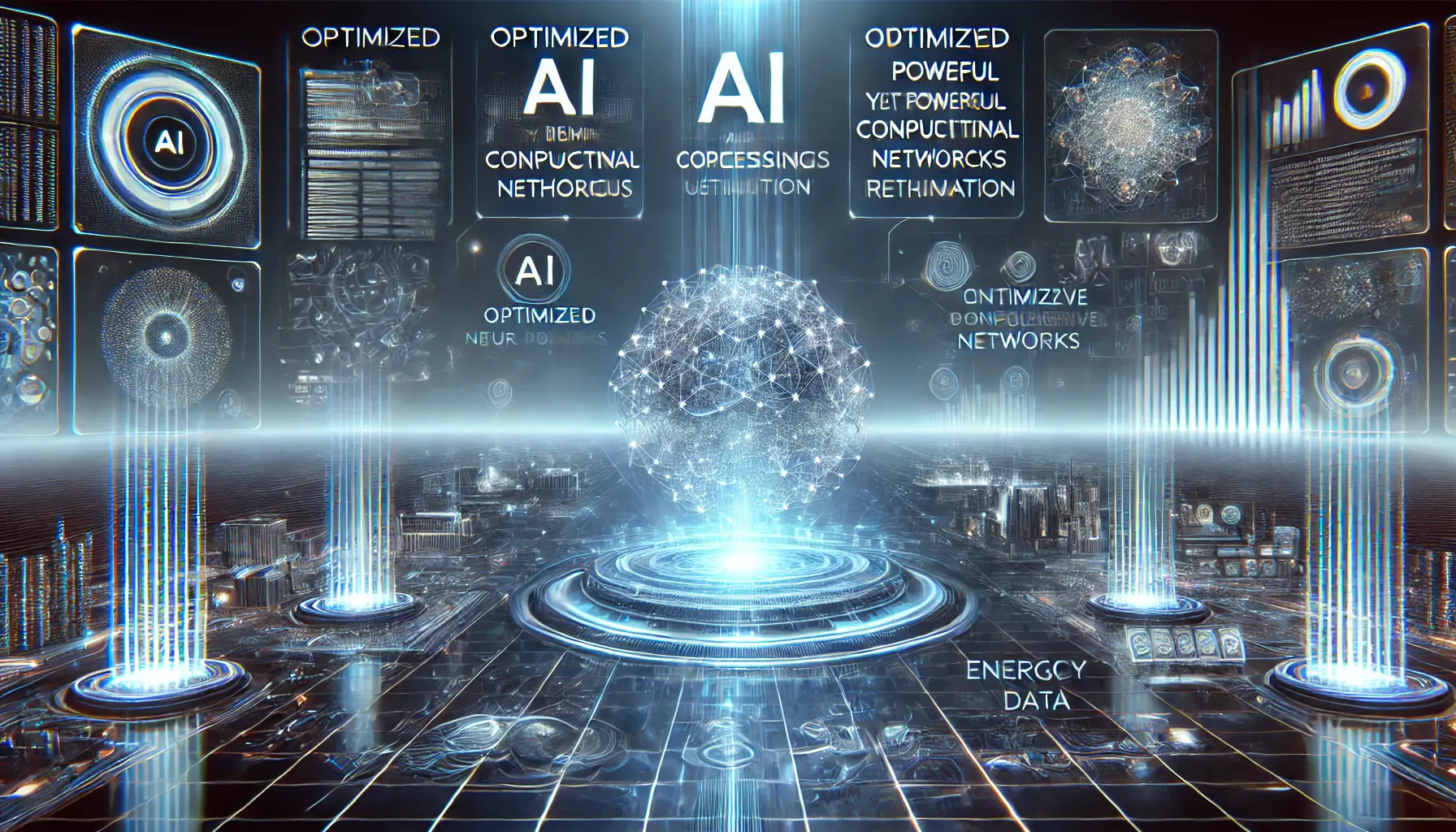
Efficient Training in DeepSeek R1: Maximizing Performance with Minimal Resources
Efficient Training Methodologies and Resource Utilization
DeepSeek R1 is designed with a cost-effective and resource-efficient training methodology.
The model was developed with a budget of under $6 million and does not rely on top-tier NVIDIAA leading technology company known for designing GPUs and AI hardware. chips.
This challenges the common belief that cutting-edge AI development requires substantial financial and hardware resources.
The efficiency of DeepSeek R1 not only reduces development costs but also makes advanced AI technology more accessible to a wider range of developers and organizations.
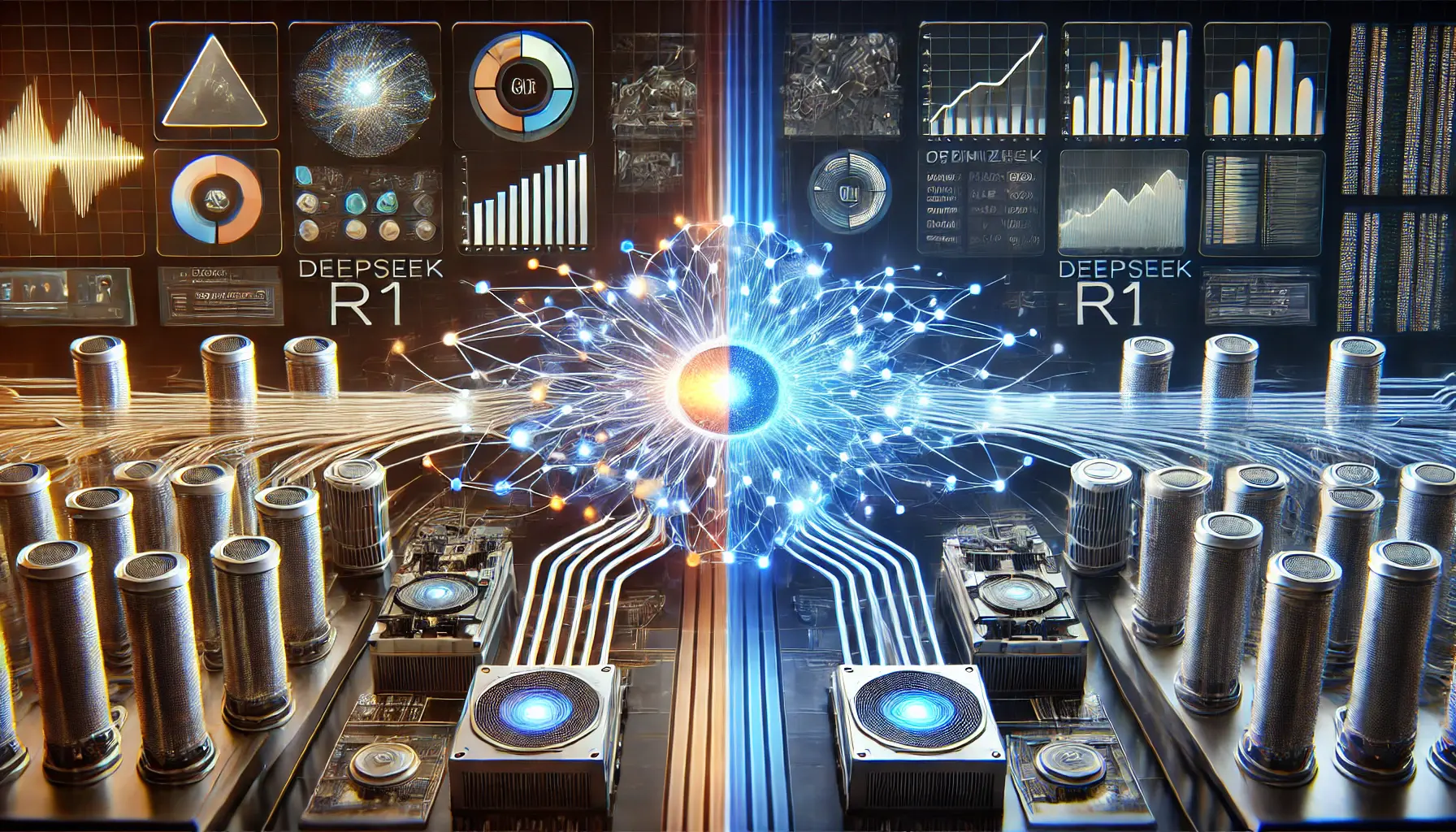
Comparing AI Models: DeepSeek R1 vs. Traditional Systems in Performance and Cost
Comparison with Other AI Models in Terms of Performance and Cost
When compared to other leading AI models, DeepSeek R1 stands out in both performance and cost-effectiveness.
It delivers top-tier results similar to other foundation modelsLarge AI models trained on vast amounts of data to perform a wide range of tasks. while being developed on a significantly lower budget.
Additionally, it incorporates innovative post-training techniques that further enhance its capabilities.
This positions DeepSeek R1 as a strong contender in the AI industry, offering high performance without the traditionally high costs.
In summary, DeepSeek R1 represents a new frontier in reinforcement learning, efficient training methodologies, and cost-effective AI performance.
These innovations not only enhance the model’s capabilities but also set new standards for the future of AI development.
Reinforcement learning enhances DeepSeek R1’s reasoning abilities, making it more adaptive and precise in problem-solving.

The Applications and Impact of DeepSeek R1 Across Various Industries
Applications and Impact of DeepSeek R1
DeepSeek R1 has rapidly emerged as a transformative force in artificial intelligence, influencing various sectors and prompting significant discussions among industry leaders.
Let’s delve into its real-world applications and the broader impact it’s making.
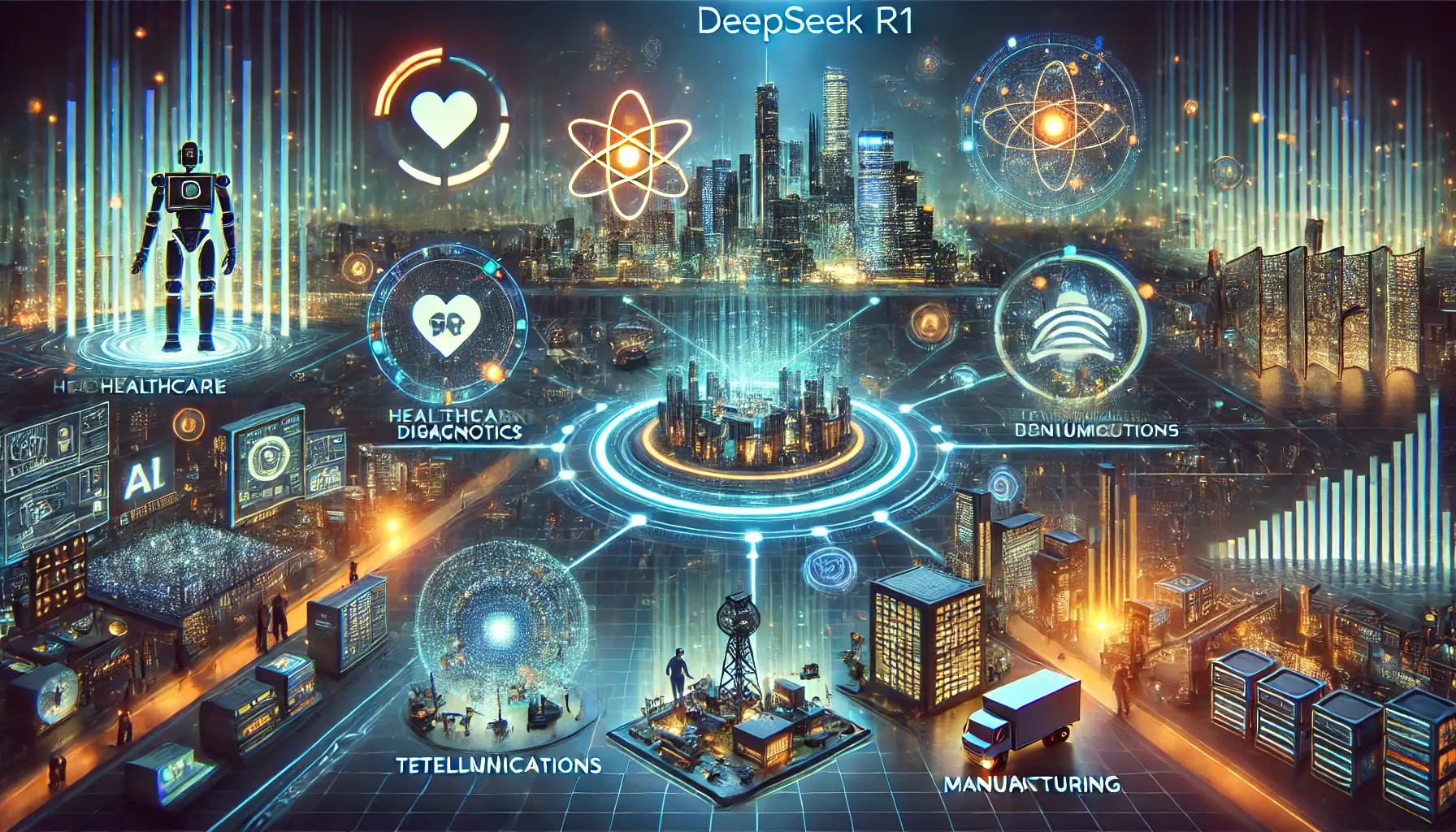
DeepSeek R1: Real-World Applications Transforming Healthcare, Telecommunications, and Manufacturing
Real-World Applications in Various Industries
The versatility of DeepSeek R1 is evident in its adoption across multiple industries:
- Telecommunications: AT&T’s CEO, John Stankey, compared the potential of DeepSeek R1 to the founding of the Internet, suggesting that it could revolutionize communication networks and services.
- Manufacturing: The CEO of Flex, Revathi Advaithi, emphasized that DeepSeek R1 lowers entry barriers, catalyzing AI innovation, market growth, and improvements in manufacturing and operational processes.
- Technology: DeepSeek R1 has been integrated into AI marketplaces like Microsoft and Amazon, expanding access to advanced AI solutions and reaching a broader user base.
- Semiconductor Industry: Chinese chip makers and cloud service providers are rapidly adopting DeepSeek R1, showcasing its compatibility and efficiency with various hardware configurations.

The Global Influence of DeepSeek R1 on AI Development and Competition
Influence on Global AI Development and Competition
The introduction of DeepSeek R1 has intensified global competition in AI development:
- Market Disruption: The efficiency of DeepSeek R1 has significantly disrupted the AI landscape, leading to notable market reactions. For instance, Nvidia’s stock experienced a decline following its release, demonstrating the model’s disruptive potential.
- International Recognition: Industry leaders, including Mark Zuckerberg of Meta, have acknowledged DeepSeek R1 as a formidable competitor, underscoring the importance of efficiency in AI model training and application.
- Policy Responses: The emergence of DeepSeek R1 has sparked discussions among policymakers regarding AI innovation and competition, with some viewing it as a validation of smaller, more efficient AI models.
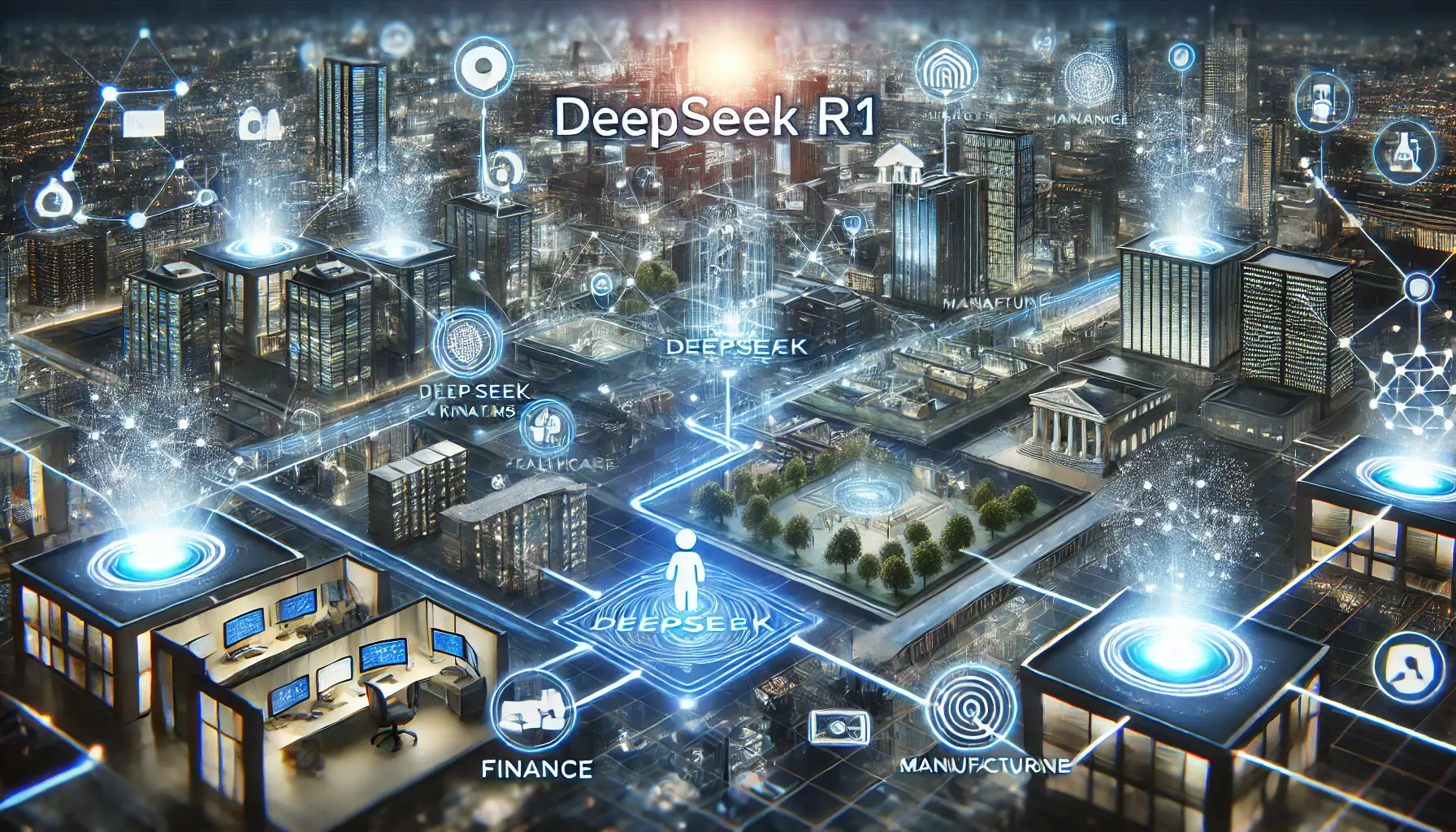
Seamless Business Adoption and Integration of DeepSeek R1 into Existing Systems
Adoption by Businesses and Integration into Existing Systems
Businesses are increasingly integrating DeepSeek R1 into their operations:
- Enterprise Solutions: Companies are leveraging DeepSeek R1 to enhance their AI capabilities, benefiting from its open-source framework and cost-effective performance.
- Customization and Flexibility: The open-source nature of DeepSeek R1 allows businesses to tailor the model to their specific needs, fostering innovation and adaptability in various applications.
In summary, DeepSeek R1 is making significant strides across industries, influencing global AI development, and being adopted by businesses seeking efficient and customizable AI solutions.
Its impact underscores a shift toward more accessible and resource-efficient AI technologies.
DeepSeek R1’s open-source nature accelerates innovation by enabling developers worldwide to modify and improve AI capabilities.
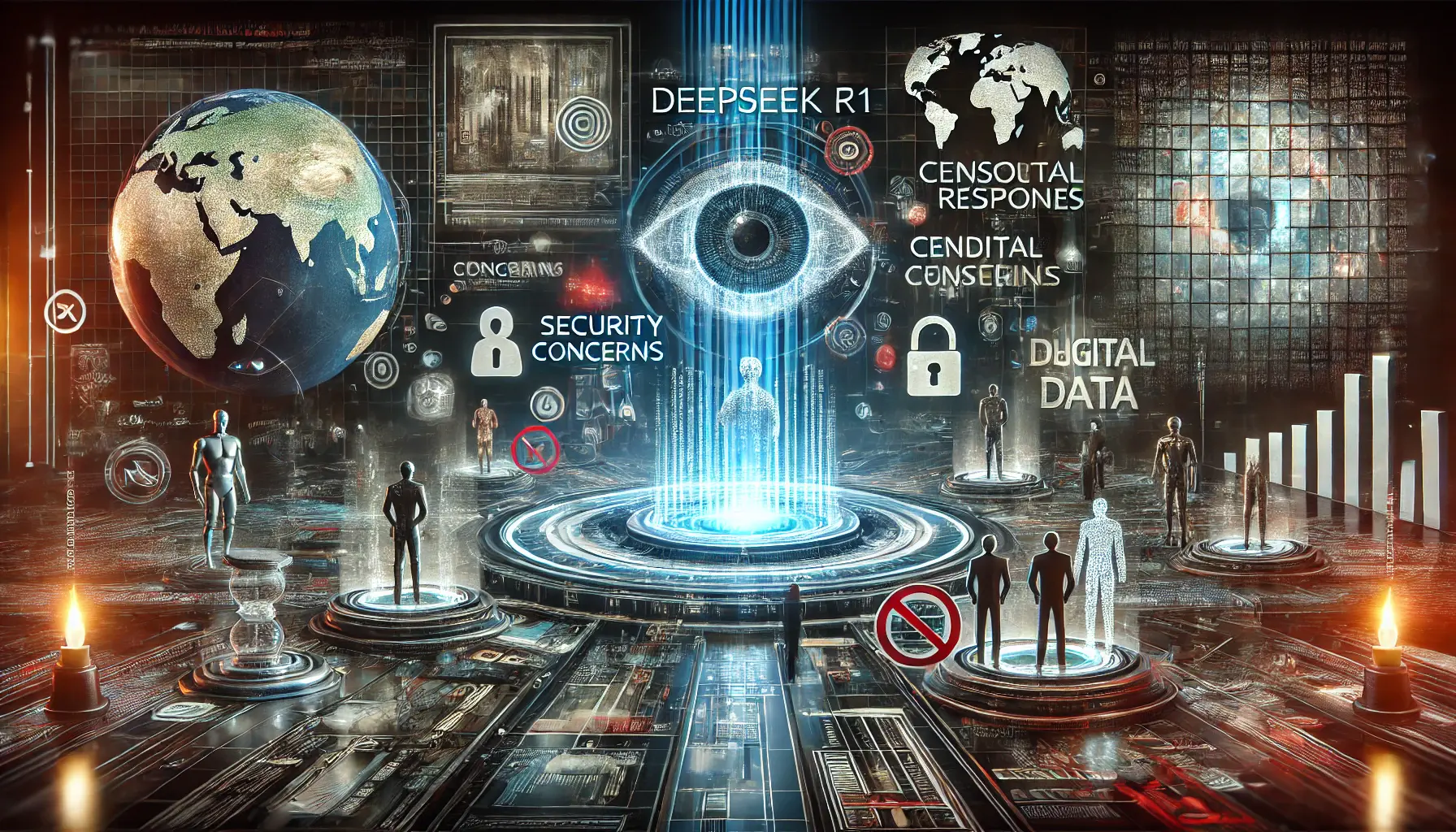
Challenges and Controversies Surrounding DeepSeek R1 in the AI Landscape
Challenges and Controversies Surrounding DeepSeek R1
While DeepSeek R1 has garnered attention for its innovative advancements in artificial intelligence, it has also been at the center of several challenges and controversies.
Let’s explore some of the key issues that have emerged.

Data Privacy and Security in AI Systems: Protecting User Information
Data Privacy and Security Concerns
One of the primary concerns surrounding DeepSeek R1 pertains to data privacy and security.
Experts are apprehensive that the Chinese government may use the AI system for foreign influence operations, disinformation, surveillance, and even in developing cyberweaponsMalicious software or tools used for cyberattacks and digital warfare..
The platform’s privacy terms state that collected data is stored on secure servers located in the People’s Republic of China, raising concerns about potential access to user data by Chinese authorities.
Due to these concerns, several countries have initiated investigations into the use of DeepSeek R1 in government systems, with some issuing outright bans.
For example:
- Australia: The government has banned the application on government-issued devices, citing it as an “unacceptable risk.”
- Italy: The Data Protection Authority blocked access to DeepSeek R1 over data protection concerns.
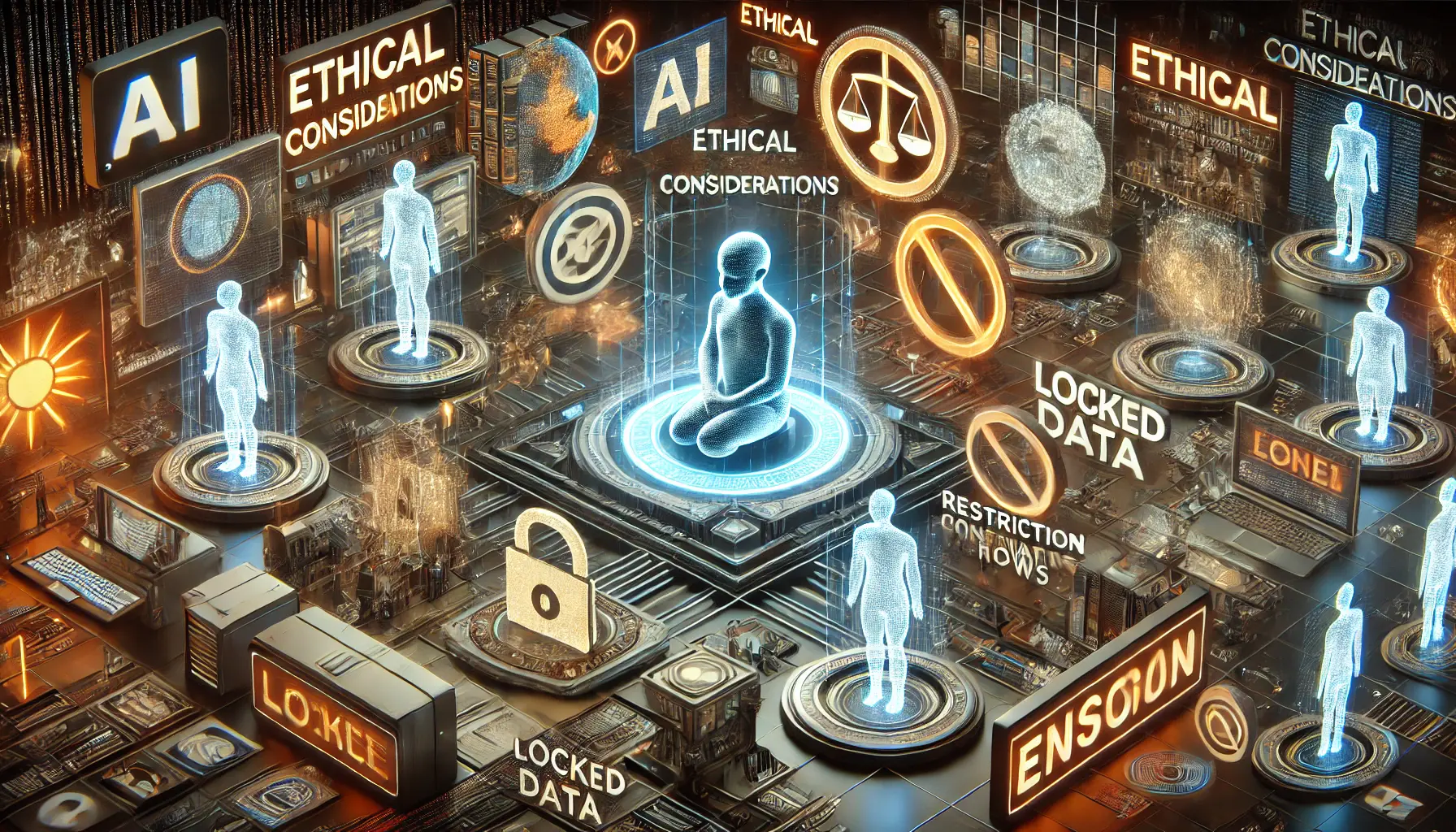
Ethical Considerations and Censorship in AI Systems: Balancing Technology and Ethics
Ethical Considerations and Censorship
Ethical issues have also raised concerns about DeepSeek R1.
Observations show that the AI model deploys censorshipThe suppression or restriction of information, often imposed by governments or organizations. mechanisms on topics deemed politically sensitive by the Chinese government.
For example, it refuses to answer questions about events like the 1989 Tiananmen Square massacre or the persecution of Uyghurs.
Initially, it may generate a response, but then quickly replaces it with a message such as, “Sorry, that’s beyond my current scope.
Let’s talk about something else.”
This built-in censorship has led to debates about the role of DeepSeek R1 in suppressing information and reinforcing state narratives.
Critics argue that such limitations hinder the AI model’s objectivity and its ability to provide unbiased information.

Global Regulatory Responses and Scrutiny of AI Systems: Balancing Innovation and Oversight
Regulatory Responses and International Scrutiny
The emergence of DeepSeek R1 has triggered significant regulatory responses and international scrutiny.
Various governments and organizations are assessing the consequences of adopting this technology, considering both its benefits and associated risks.
Key regulatory actions include:
- United States: The National Security Council has initiated a national security review to assess DeepSeek R1’s potential impact.
- South Korea: The Personal Information Protection Commission has launched an inquiry into the AI model’s handling of personal data.
These steps reflect a growing global concern about the security, privacy, and ethical implications of integrating such AI technologies into public and private sectors.
While DeepSeek R1 represents a significant advancement in AI, it also raises pressing concerns regarding data protection, ethical considerations, and regulatory scrutiny.
To ensure responsible deployment, addressing these challenges will be crucial in shaping the future of AI development and adoption.
Privacy concerns arise due to DeepSeek R1’s data storage policies, which have led to regulatory scrutiny and government bans in some countries.

The Future of DeepSeek R1: Innovation and Growth in AI Technologies
Future Prospects and Developments of DeepSeek R1
As we look ahead, DeepSeek R1 is poised to play a pivotal role in the evolving landscape of artificial intelligence.
Its open-source nature and resource-efficient design have already set new benchmarks, and future developments are expected to further its impact.
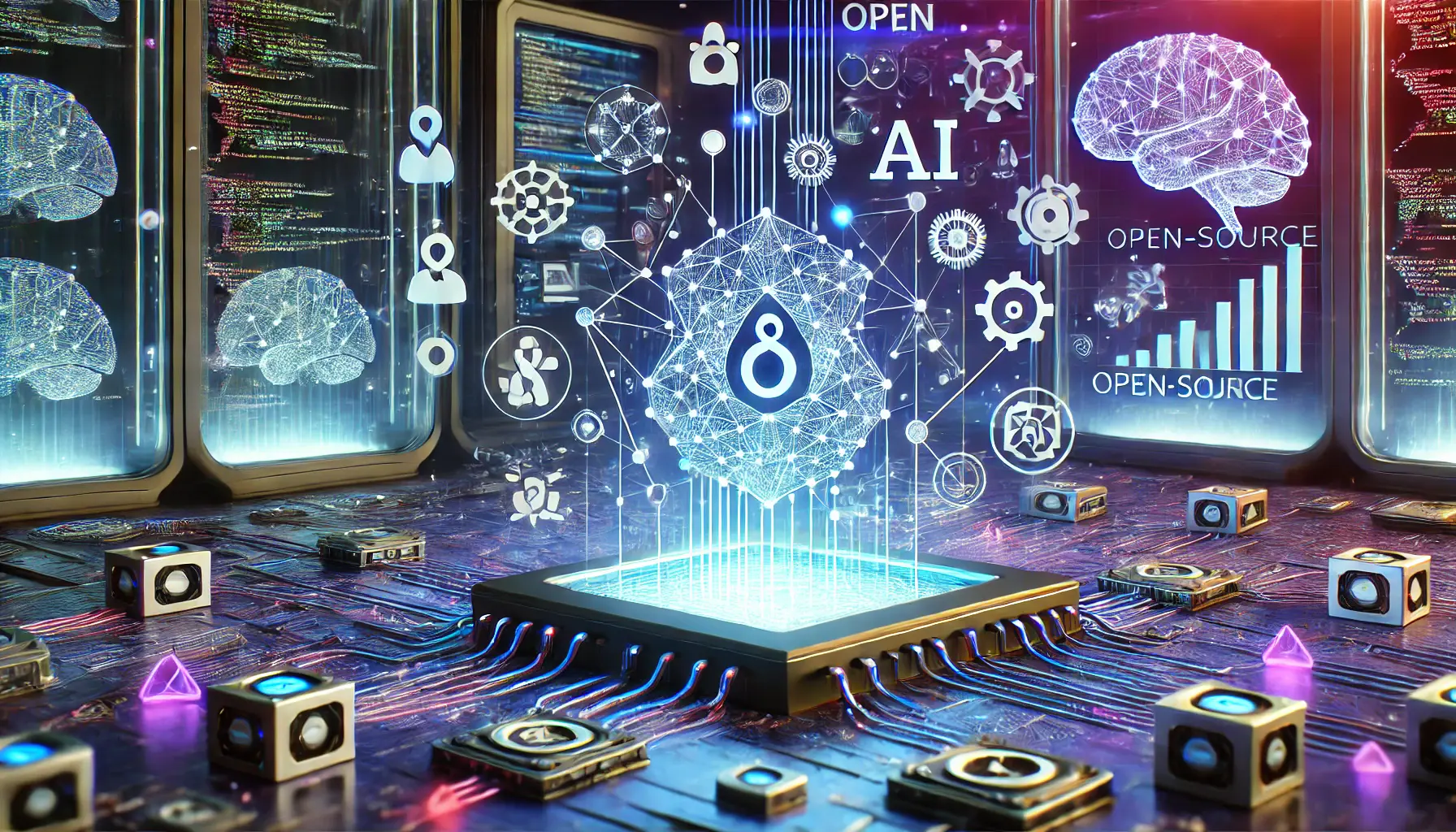
Advancements in Open-Source AI Models: A Collaborative Approach to AI Development
Advancements in Open-Source AI Models
The release of DeepSeek R1 has reignited discussions about the future of AI development, particularly the ongoing debate between open-source and proprietary models.
By outperforming major players like OpenAI and Meta, DeepSeek R1 has demonstrated how open-source AI can drive innovation and democratize access to advanced technologies.
This shift may foster a new era of collaboration within the AI community, where shared knowledge accelerates progress and lowers barriers to entry.

AI Collaborations Across Industries: Fostering Partnerships for Innovation
Potential Collaborations and Industry Partnerships
Looking ahead, DeepSeek R1 is expected to foster numerous collaborations and partnerships across various industries.
Its open-source framework allows for seamless integration and customization, making it an attractive option for businesses seeking to enhance their AI capabilities.
Potential areas of collaboration include:
- Healthcare: Developing AI-driven diagnostic tools and personalized treatment plans.
- Finance: Enhancing predictive analytics for market trends and risk assessment.
- Education: Creating personalized learning experiences and intelligent tutoring systems.
These partnerships could not only expand the applications of DeepSeek R1 but also drive innovation across these sectors.
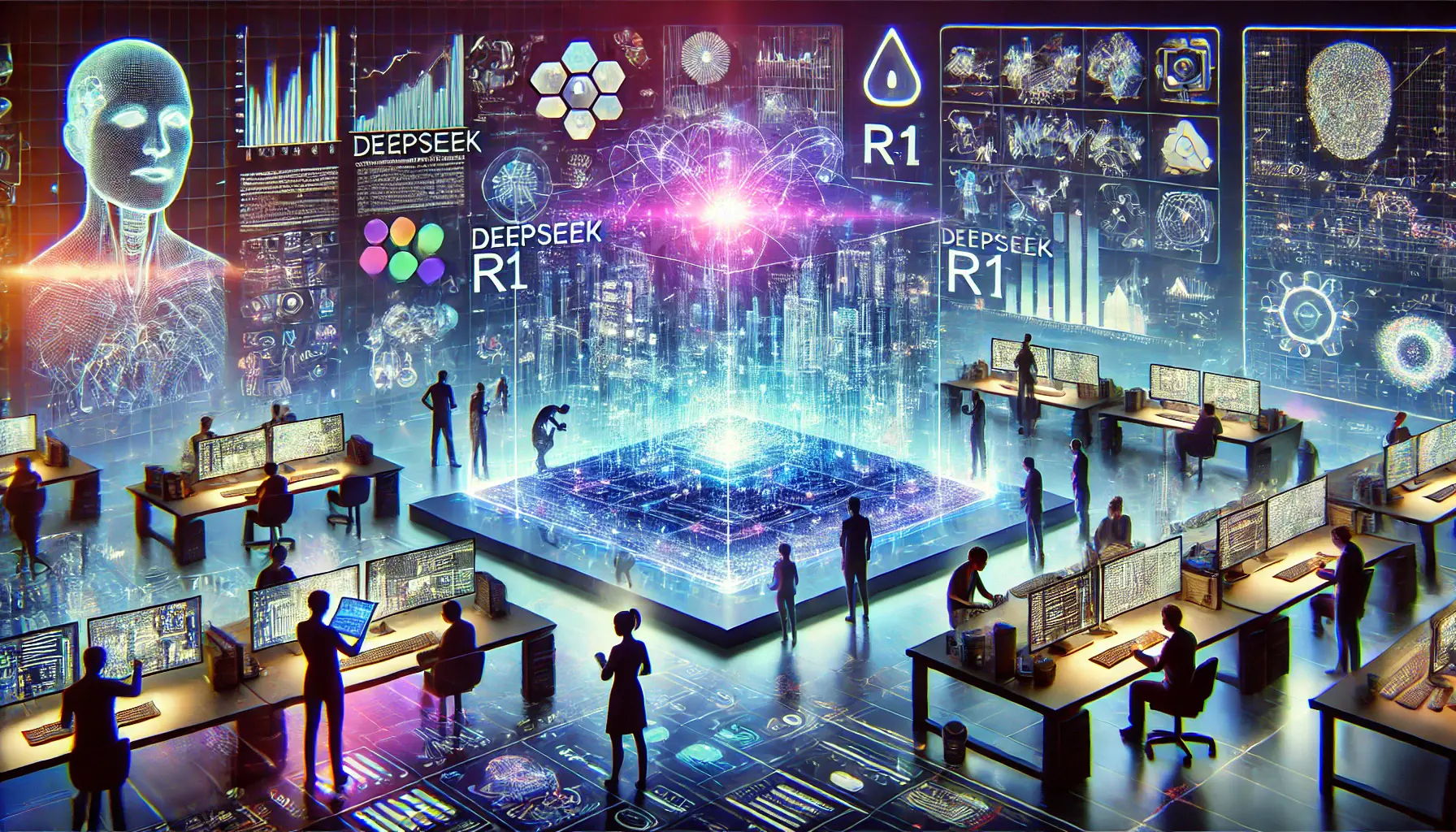
The Future of AI Research and Development: DeepSeek R1’s Impact on Advancements
Anticipated Impact on AI Research and Development
The high performance and open-source accessibility of DeepSeek R1 are expected to significantly influence the trajectory of future AI research and development.
By providing a powerful model that requires fewer resources, DeepSeek R1 has set a new standard for cost-effective AI model development.
This approach could inspire researchers to explore new methodologies focused on efficiency without compromising performance, potentially leading to major breakthroughs in AI capabilities and applications.
The future looks promising for DeepSeek R1.
With its open-source model, this technology is well-positioned to drive improvements in AI development, foster industry collaboration, and shape the direction of future research.
DeepSeek R1 stands at the forefront of innovation, influencing the evolution of AI and its integration into various sectors.
By fostering collaboration and efficiency, DeepSeek R1 may redefine AI development, pushing the industry toward more cost-effective solutions.

The Future of AI: DeepSeek R1 and the Evolution of AI Technologies
A Future of AI: DeepSeek R1
DeepSeek R1 has become a game-changing force within the field of artificial intelligence, setting new benchmarks in efficiency, accessibility, and innovation.
From state-of-the-art technical advancements to its rapid expansion across numerous industries, this AI model has redefined what is possible in AI development.
However, like any disruptive innovation, DeepSeek R1 also faces challenges, including data privacy concerns, ethical issues, and regulatory scrutiny.

Key Takeaways from DeepSeek R1’s Impact Across Industries
Key Takeaways from DeepSeek R1’s Impact
- Technical Excellence: DeepSeek R1 leverages reinforcement learning and advanced reasoning capabilities to deliver high performance while maintaining cost efficiency.
- Industry Disruption: The model is influencing various sectors, including healthcare, finance, education, and telecommunications, proving its versatility and real-world applications.
- Open-Source Innovation: By being open-source, DeepSeek R1 facilitates collaboration, removes barriers to AI accessibility, and allows organizations to tailor AI models to their specific needs.
- Ethical and Regulatory Considerations: Despite its cutting-edge capabilities, DeepSeek R1 has faced criticism regarding censorship, data security risks, and concerns about government influence.
- Future Prospects: As AI research continues, DeepSeek R1 is expected to drive further innovation, foster new partnerships, and redefine AI’s role across industries.

The Future of DeepSeek R1: Advancements and Possibilities Ahead
What Lies Ahead for DeepSeek R1?
The future of DeepSeek R1 is promising.
Its ability to deliver high performance with reduced computational costs makes it a game-changer for businesses, researchers, and AI enthusiasts worldwide.
Moving forward, we can expect:
- Wider Industry Adoption: More sectors will integrate DeepSeek R1 into their operations, enhancing processes, improving decision-making, and fostering AI-driven innovation.
- Strengthened AI Regulations: Regulatory frameworks will continue evolving to address AI-related issues such as transparency, bias mitigation, and responsible deployment.
- Technological Advancements: Ongoing refinements will further improve DeepSeek R1’s capabilities, efficiency, and adaptability for handling complex tasks.
- Global AI Competition: With competitors like OpenAI, Meta, and Google, DeepSeek R1 will play a crucial role in shaping the future AI ecosystem.

Final Thoughts on DeepSeek R1: Reflecting on AI’s Evolution and Future Impact
Final Thoughts
DeepSeek R1 is not just another AI model; it exemplifies how artificial intelligence is evolving towards greater efficiency, accessibility, and real-world applicability.
The model’s ability to disrupt industries and spark discussions highlights its significance in the AI revolution.
Whether DeepSeek R1 becomes the defining AI model of the future will depend on how well it navigates challenges, adapts to new research, and fosters ethical AI development.
However, its influence is undeniable, and as AI technology continues to advance, DeepSeek R1 will remain a key player in shaping the global AI landscape.
DeepSeek R1’s success will depend on balancing innovation with ethical considerations and regulatory compliance.
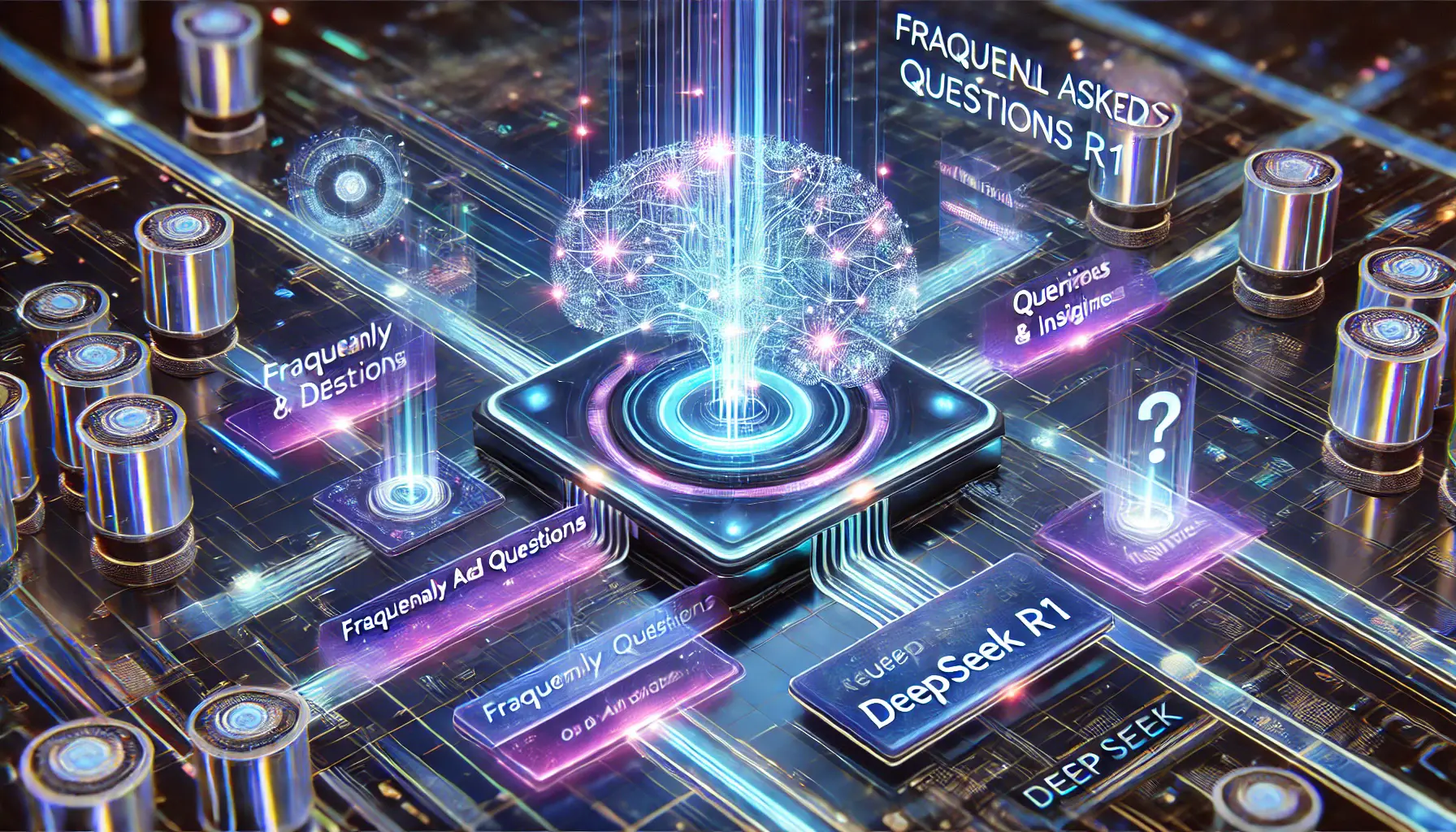
Frequently Asked Questions About DeepSeek R1: An Interactive AI Exploration
DeepSeek R1: Frequently Asked Questions
DeepSeek R1 is an open-source AI model developed by Chinese startup DeepSeek.
It is known for its advanced reasoning capabilities, efficient performance, and cost-effective training methodology.
Unlike traditional AI models, DeepSeek R1 employs reinforcement learning to improve reasoning.
It achieves high performance while requiring fewer computational resources, making it more efficient than many existing AI systems.
Yes, DeepSeek R1 is available for free to consumers via its website and mobile apps, with no subscription required.
DeepSeek R1 is used across various sectors, including telecommunications, manufacturing, and technology.
It enhances automation, improves decision-making, and drives innovation in AI-based applications.
Yes, several countries have raised concerns about data privacy and security.
Some governments have restricted or banned its use due to fears of potential data access by Chinese authorities.
According to DeepSeek’s terms, collected data is stored on secure servers within China.
This has led to concerns about government access and data security risks for users outside China.
Yes, companies can implement DeepSeek R1 into their operations.
Its open-source framework allows for flexible customization, making it a cost-effective AI solution for various business applications.
DeepSeek R1 has faced criticism for deploying censorship mechanisms on politically sensitive topics.
This has sparked debates about the ethical implications of its AI-generated responses.
DeepSeek R1 has disrupted the AI market by offering high-performance capabilities at a lower cost.
It has challenged existing models, leading to increased competition and strategic shifts among major AI companies.












